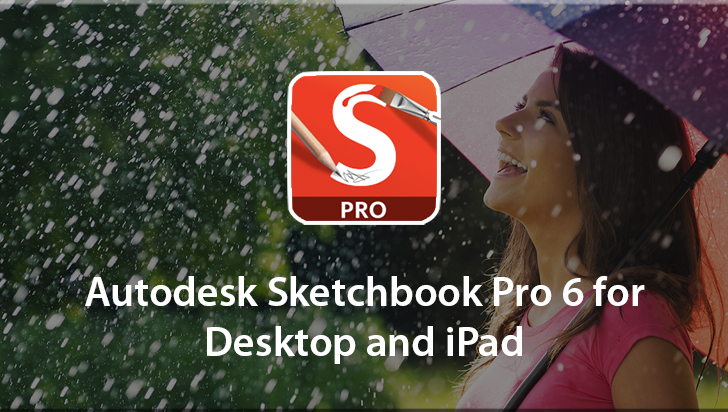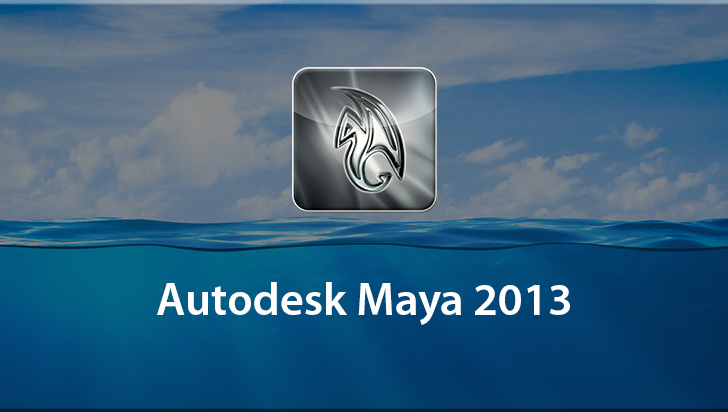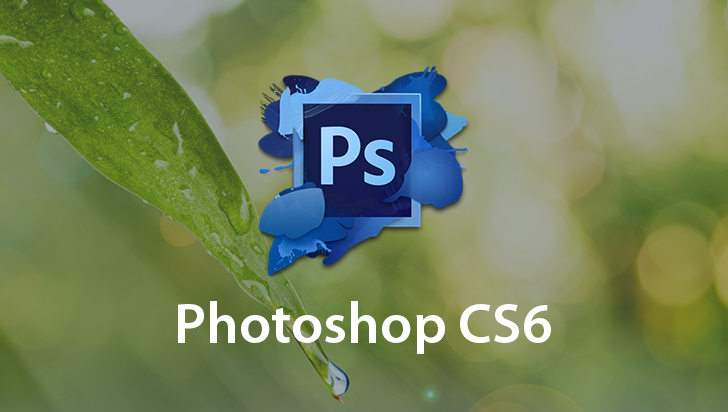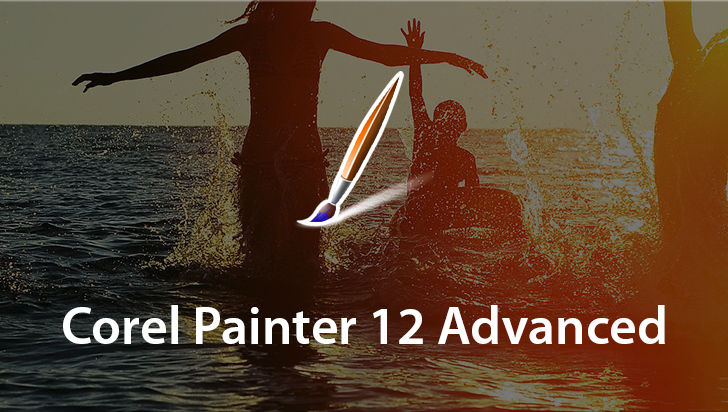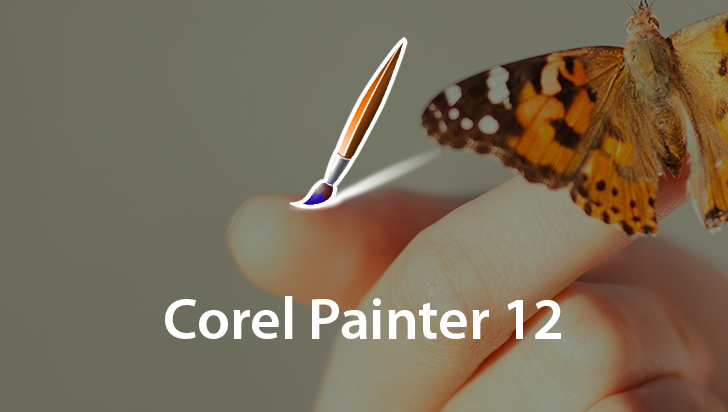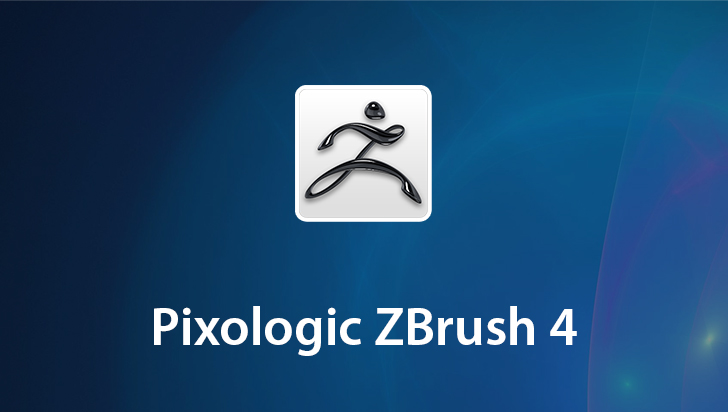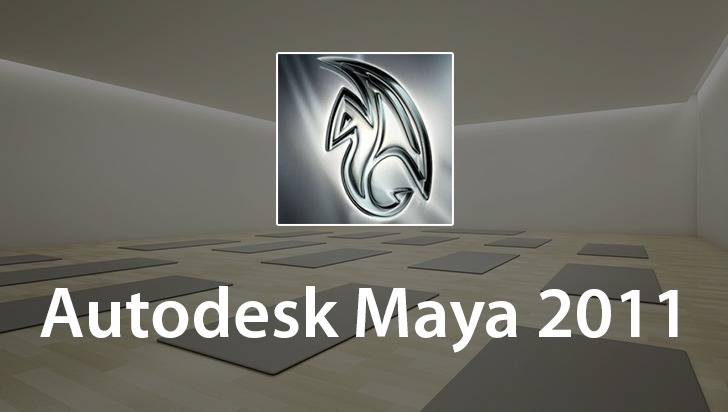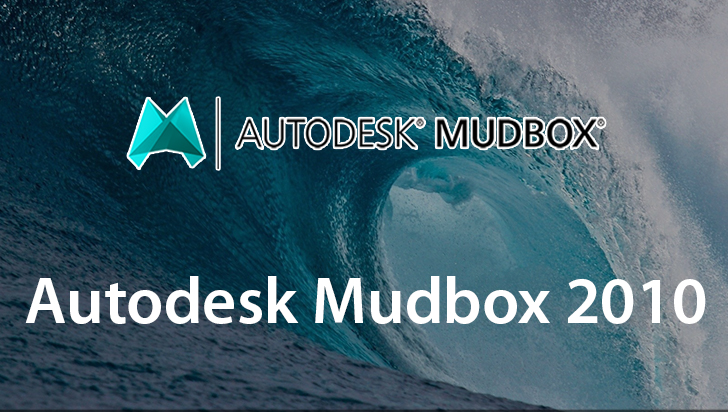Concept to 3D Art for the Game Designer Course
This Course can only be played using a subscription. You can play only first 3 chapters for free. Click Here to avail a subscription
In this VTC course, you will learn about the pre-production process behind creating concept art for a video game character. It starts with understanding a character's background. From there, you will proceed to concept sketching and painting, and finally to preparing a finished concept presentation model in 3D. Professional illustrator, television animation art director, and writer Dwayne Ferguson takes you through an in-depth look at the creative process of character design from 2D to 3D. To begin learning today, click on the movie links below.
Hi everybody and welcome to this course. What I want to explain first of all for those of you who might be interested in becoming a Concept Artist, is what Concept Art actually is. It's literally starting with nothing and giving something a life. So let's say that you were in a production meeting and this was a brand new TV show, a brand new toy design or anything and there's just ideas going back and forth. It's your job to take all those ideas and pluck them from the air, put them onto paper so that it has something that everyone can see and agree upon. So this is an example of one of my sketches here, it started pretty simple. Let me go ahead and just go to the very basic here, let me hide the finished one. This is a Paladin and many times when I'm doing Concept Art I start out very, very basic. So just a silhouette to get a feeling for a strong pose. If I can get that silhouette, I can take that and I know I can project the strength of that character. And I talk about silhouettes elsewhere in this course but as you could see here, this Paladin has his hammer, he has his shield and he looks pretty fearless. He's looking off into the distance and he's ready to fight that dragon or whatever. Alright. And I started playing around with the shadows and the values to figure out where the light source is, add some highlights, some detail, some mist and then that was just the basic stuff. Then I typically save my basic work and I compress it into a folder and then I make a finished version. Although I'm still working on it. Another illustration I want to show you is a robot. As typical with me for my own work, just like the Paladin, you know, I just come up with something out of nowhere. I had no idea what I wanted to do, so I just started coming up with shapes and forms. So this is a, a fun experiment and I like to just do this for myself and just to practice. Here is one that started out as a sketch. Alright. So this is a big ogre character and then I colored it in. Alright. So color in Concept Art is very common because it's really going to send the point home, especially because you'll be working with someone else down the pike. So you're the Concept Artist and from you, the 3D Modeler has what he needs to take the 3D model or the game or toy manufacturer then has an idea of how to make that toy. And here's another one, here's a priest for like a trading card and I'm still working on this one here. And as always, it starts out pretty basic. So I add things on different layers, the scratches are on separate layers. I have Adjustment Layers. Photoshop is really an invaluable tool for me when I'm working. Let's take a look at another one here and this is some of the finished results of some of my sketches. I was the Art Director of a television animated series called Mutant League and I designed a lot of the characters, the uniforms, a lot of the crazy contraptions, like you know, a spiked pits in motorcycles and all kinds of really extremely dangerous stuff for athletes. And so they took those sketches and concepts and we have some toys here, action figures. Here's another one, this is another character, Razor Kid and another one Bones Justice, the star of the show. So once again, I did the uniforms and it was really fun seeing this as a real toy. Awesome. So Concept Art starts with you guys. It starts with the Art Director, it starts with the Producer, the Director who has an idea in their head but they don't have the skills to bring it to life, that's our job. So our job is to make things cool, really, really cool. Just a little bit of advice I'm going to give you guys, when you design your stuff, think about the people who are going to take your designs and then make something from it. Motivate them and inspire them as well. So think really, really cool. Think awesome and then the people who get it after you are going to be excited to make that 3D model. Are going to be excited to make that toy. So just practice all the time, sketch all the time and by the time we get through this course, you'll have a really good idea of the many different things you can do as a Concept Artist.
- Course: Concept to 3D Art for the Game Designer
- Author: Dwayne Ferguson
- SKU: 34310
- ISBN: 978-1-61866-036-7
- Work Files: Yes
- Captions: No
- Subject: Animation & 3D
- The first 3 chapters of courses are available to play for FREE (first chapter only for QuickStart! and MasterClass! courses). Just click on the movie link to play a lesson.
